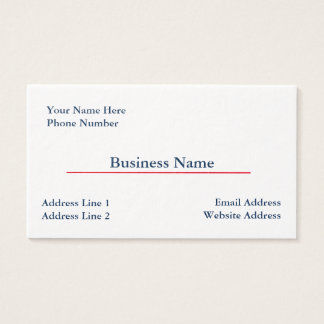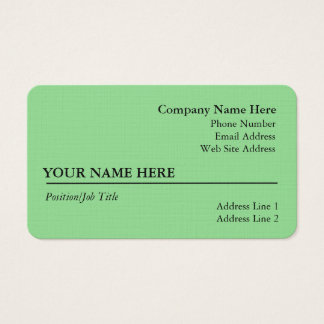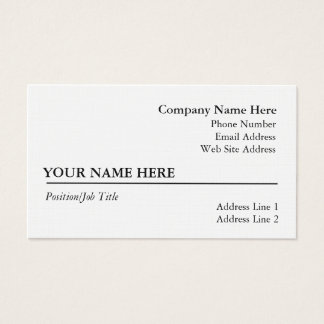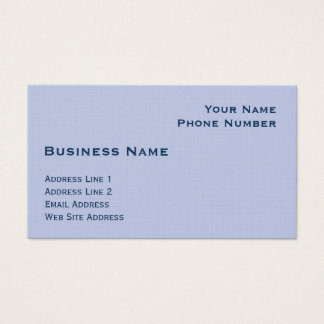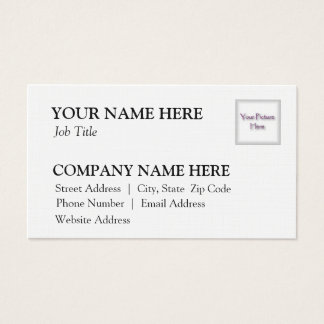The most fundamental of reforms arose out of the simple definition of “essential health benefits.” For the first time in our nation’s history, health insurance plans were obligated to include “mental health and substance use disorder services, including behavioral health treatment” as covered benefits in their policies.
Behavioral health (BH) providers, who previously had very little exposure prior to the ACA, have been on a sharp learning curve when it comes to dealing with commercial payers.
However, much to the surprise of the BH community, payers are running toward alternative payment models that have been commonly utilized in BH for decades. Capitation and risk arrangements are a way of life for BH providers. Capitalizing on this knowledge is critical for any primary care physician (PCP) looking to integrate BH into his/her practice.
Beyond gaining a working knowledge of managing a patient under alternative payment models, what makes the case for integration? Simply put, BH conditions generally go undiagnosed and untreated.
The following list of statistics published by the Patient-Centered Primary Care Collaborative demonstrate precisely why outcomes can be so dramatically improved among patient populations when BH is integrated into primary care. They further demonstrate why integration of BH is the secret to bending the cost curve:
- 80 percent of individuals with a BH disorder will visit a PCP at least once a year.
- 50 percent of all BH disorders are treated in primary care.
- 67 percent of those with a BH disorder do not get BH treatment.
- As much as 50 percent of referrals to BH outpatient do not make their first appointment.
If the above statistics are not enough to convince your practice that the real opportunity for population health improvement lies with BH integration, consider these financial benefits, also published by the Patient-Centered Primary Care Collaborative:
- Utilization of healthcare services decreases by 16 percent for those receiving BH treatment.
- Depression treatment in primary care lowers total patient spending by $3,300 over 48 months.
- Depression is the number one driver of cost.
So, what can a practice do to integrate BH? Here are three practical steps to consider:
Start using CPT codes for BH integration.
In January 2018, CPT added codes for BH integration. CPT 99484 can be used with at least 20 minutes of clinical staff time, directed by a physician or other qualified healthcare professional (e.g., physician assistant; nurse practitioner; or specialist such as cardiologist or oncologist), per calendar month with the following required elements:
- initial assessment or follow-up monitoring, including the use of applicable validated rating scales, such as PHQ-9
- behavioral healthcare planning, including revision for patients not progressing or with status changes
- facilitation or coordination of treatment, such as psychotherapy, counseling and psychiatric consult
- continuity of care with a designated member of the care team
BH integrated services that are not provided personally by the billing practitioner are provided by other members of the care team under the direction of the billing practitioner on an “incident to” basis as an integral part of services provided by the billing practitioner.
Enter into a collaborative agreement with a psychiatric consultant and use CPT codes 99492, 99493 and 99494.
Beyond the general BH integration code, three additional codes are available with a psychiatric consultant. These codes are for the PCP. The psychiatric consultant bills separately for his/her services.
CPT 99492 is used for initial care management (the first 70 minutes in the first month of behavioral healthcare management activities) in consultation with a psychiatric consultant and directed by the treating physician or other qualified healthcare professional.
CPT 99493 is used for subsequent collaborative care management, and CPT 99494 is used for each additional 30 minutes in a calendar month for initial or subsequent collaborative care management. Thus, CPT 99494 would be listed separately but in conjunction with CPT codes 99492/3.
A BH integration fact sheet issued by CMS that lays out these psychiatric collaborative care codes does not dictate the appropriate business model. Several business models exist with varying degrees of success. Traditional referral relationships are not as effective as co-location, direct staffing or participation in a BH provider driven clinically integrated network (CIN).
Join a BH provider sponsored CIN.
There are CINs of all shapes and sizes emerging in the market as providers begin to collaborate over care management, best practices and outcome measures. The most successful are those led by BH providers who are driving collaborative care centered around BH integration into a primary care.
In essence, these BH focused CINs take a Patient-Centered Medical Home (PCMH) and/or a Certified Community Behavioral Health Clinic (CCBHC) to the next level by structuring collaboration/integration in a way that keeps patients engaged and creates metric measurements that attract payers to alternative contracting models.
As PCPs continue to see their fee-for-service revenue decline while their patient engagement time increases, they should consider offering BH services. BH integration will increase practice revenue, improve patients’ overall health and create both the measurable data and outcomes necessary to put PCPs back in the driver’s seat during payer negotiations.
15% ff Medical Practice Supplies
VIEW ALL
 Manual Prescription Pad (Large - Yellow)
Manual Prescription Pad (Large - Yellow) Manual Prescription Pad (Large - Pink)
Manual Prescription Pad (Large - Pink) Manual Prescription Pads (Bright Orange)
Manual Prescription Pads (Bright Orange) Manual Prescription Pads (Light Pink)
Manual Prescription Pads (Light Pink) Manual Prescription Pads (Light Yellow)
Manual Prescription Pads (Light Yellow) Manual Prescription Pad (Large - Blue)
Manual Prescription Pad (Large - Blue)










